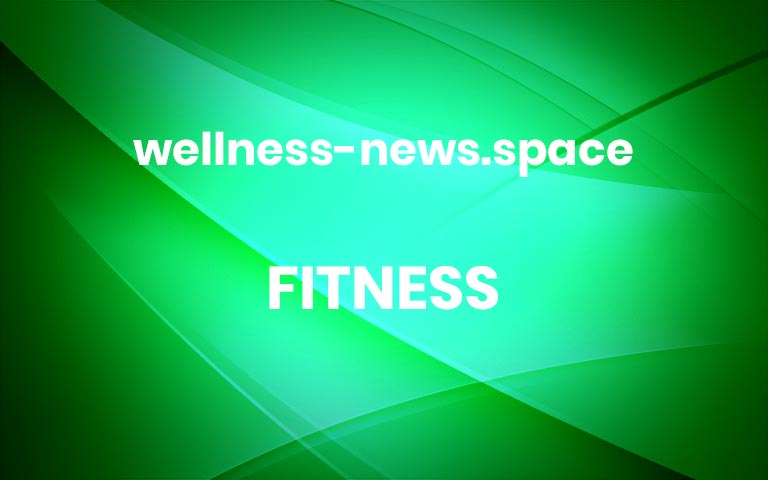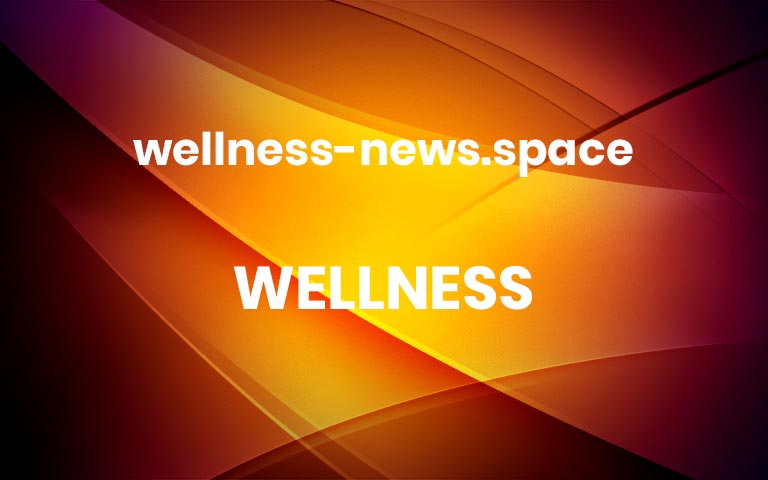Runners’ Risk of Blood Clots in Legs & How to Spot DVT Symptoms
Does running cause blood clots? Weighing the benefits and risks of exercise can be a confusing business. You may have heard stories of strong, healthy runners dropping dead of a heart attack or suffering a pulmonary embolism without any warning. Is this something you need to worry about? Part of the problem is the false assumption that the population at greatest risk for blood clots is over 60, obese, and/or smokers. In fact, endurance athletes of all ages as well as athletes participating in contact sports like hockey or football are also a significant risk group. Don’t let fear get in your way of better health. Building awareness of blood clots in the general population and even more so among athletes is the key to prevention. Know your risk of developing deep vein thrombosis (DVT), how to prevent clots from forming, and spot symptoms early to start treatment. What is the difference between VTE, DVT, and PE?Blood clotting is an important process in which your blood coagulates, forming a plug to stop bleeding after a cut or injury. Problems occur when a venous thromboembolism (VTE) – the medical term for a blood clot – forms within your veins for other reasons. This can happen after long periods of sitting, like on a long flight, or as a result of injury. These clots can then dislodge and move to other areas of your body, obstructing blood flow to important organs. Deep vein thrombosis (DVT) is a kind of blood clot that forms in a deeper vein – usually in the lower leg, thigh, or pelvis. DVT usually is caused by trauma or infection after an injury or damage to a vein from surgery. A pulmonary embolism (PE) is a blood clot that either moves to your lungs from somewhere else in your body or forms directly in your lungs. This can cause a lack of blood flow that damages lung tissue or result in low blood oxygen levels which harms other organs. Depending on the size and number of clots, a pulmonary embolism can quickly become very dangerous and even life-threatening. Who is at highest risk of developing a venous thromboembolism?Anyone can develop a blood clot, but certain circumstances, behaviors, and genetic predisposition can put you at an increased risk. About 900,000 Americans are affected by blood clots each year, many of those leading to death.(1)In addition to age, obesity, and smoking, the highest risk factors include surgery which may cause damage to a vein, pregnancy, injury resulting in trauma to blood vessels and immobilization, as well as a family history of blood clots. The more risk factors you have, the higher your chance of developing a clot. Does running cause blood clots?There is no question that regular exercise throughout life improves your health. However, the intense and extended training that marathon runners require puts greater stress on the system. This thereby increases the risk of developing blood clots in the legs.In 1884, German physician Rudolf Virchow defined three main categories of factors that contribute to blood clots. Today it is known as Virchow’s Triad. These factors are grouped into a.) the efficiency of blood flow (circulatory stasis), b.) the integrity of blood vessels (vascular damage), and c.) composition of blood itself (hypercoagulability).(2)Within these three categories there are specific factors that put long-distance runners at a higher risk. These factors include but are not limited to dehydration, inflammation, use of estrogen contraceptives during training or races, and extended sitting during long flights when traveling to races. What are the signs and symptoms?The most common sign of a blood clot in the leg (or arm) is pain that most people describe as a cramp. This may be accompanied by swelling or warmth in the affected area. The skin could also be discolored, appearing reddish or bluish. Pulmonary embolism symptoms include shortness of breath, sharp, stabbing chest pain, and feeling faint. You may also experience low blood pressure, a cough, or fever. Be aware of these symptoms and don’t ignore them. Although blood clots sometimes dissolve on their own, check with your doctor to see whether you need to start a treatment plan, such as anticoagulant medication.Treating Blood ClotsSee your doctor. It is vital that you assess the risk the clot poses to your health. If the clot is dangerous, you may be prescribed anticoagulants or thrombolytics to dissolve the clot. You can also wear compression stockings, elevate the area, and keep moving. Make sure to drink plenty of water, as dehydration causes your blood to thicken and increases the risk of clots. How to prevent blood clotsWhile we’ve established that running doesn’t cause blood clots, the circumstances in which endurance athletes frequently find themselves do put long-distance runners at a greater risk. There are a few things you can do to prevent the formation of blood clots, no matter what your existing risks are. 5 Prevention TipsGet up and move around regularly. Whether at work, on a plane, or after recovering from an injury or operation, make sure to move your body as much as possible. If you can’t get up and walk, flex your heels and calf muscles every 20 minutes. When you’re at work, see if you can squeeze in a 5 minute workout every hour. Micro workouts also do wonders for your mental health.Stretch regularly throughout the day.Stay hydrated. This should be a priority all the time, but pay particular attention to your water intake when training for a race, traveling, and post workout. Maintain a healthy weight.Stop smoking.TakeawayAn ounce of prevention is worth a pound of cure. Fight clots before they become a problem by being aware of symptoms. Does running cause blood clots? No. But if you are training for marathons or other long-distance competitions, paying attention to warning signs as well as your own genetic predisposition to any kind of venous thromboembolism could save your life. Blood clots can happen to anyone. Be smart, and see your doctor if you notice suspicious cramp-like pain, discoloration, or dizziness. *** More



